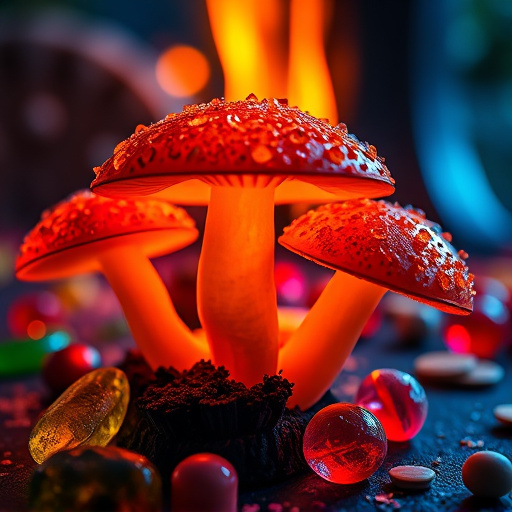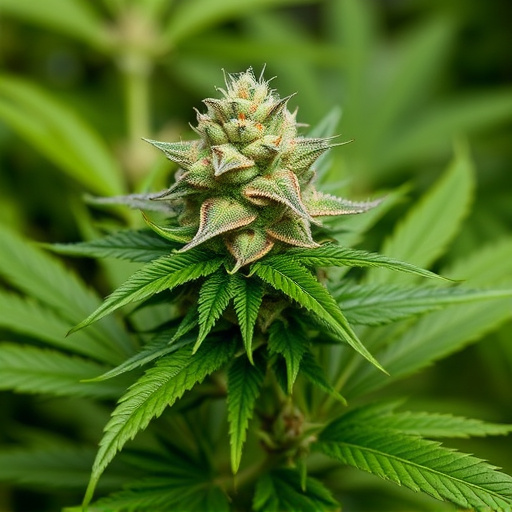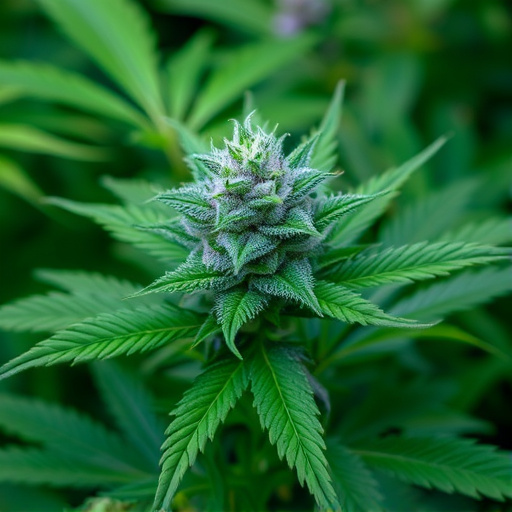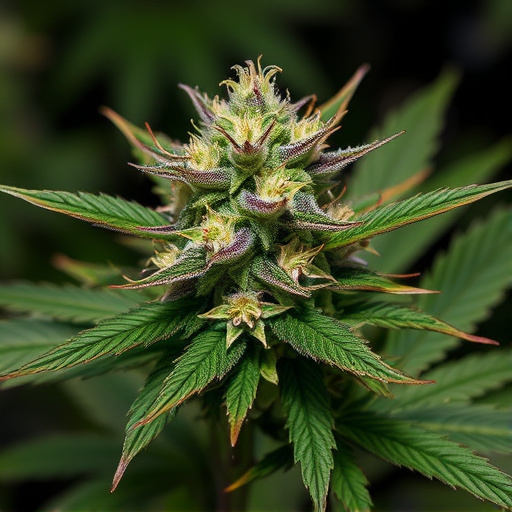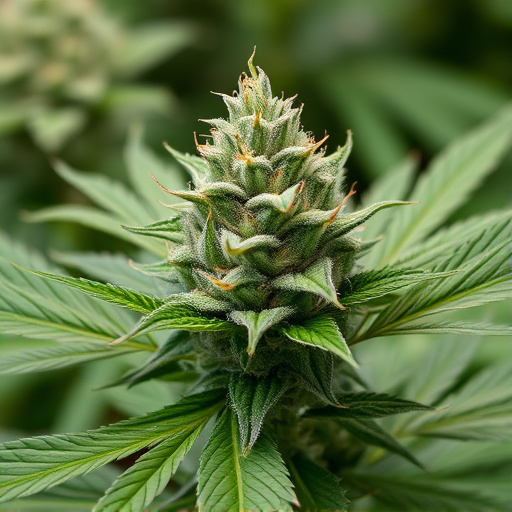TL;DR: Cannabis strains' distinctive skunk-like aromas stem from their genetic diversity, which influences terpene profiles. Myrcene, an earthy musky terpene, plays a key role. Breeders selectively cultivate plants with desired terpene compositions, offering a wide range of cannabis strains and effects. Understanding these genetic and chemical interactions helps users choose strains for specific therapeutic benefits or desired sensory experiences.
“Uncover the secrets behind the diverse scents of cannabis! In this article, we explore why some strains carry a distinct skunk-like aroma while others do not. Through a lens of genetics, terpene profiles, and cultivation practices, we delve into the factors shaping these unique smells. Learn how specific terpenes, influenced by environmental conditions, contribute to the familiar skunkiness. Additionally, discover the role of consumer preferences and cultural influences in shaping the popularity of skunkier strains within the cannabis market, revealing a complex interplay of science and sensory experience.”
- Genetics and Terpene Profiles: The Skunk Factor
- – Exploring the role of genetic makeup in cannabis strains
- – Understanding terpene compounds and their impact on smell
Genetics and Terpene Profiles: The Skunk Factor

Cannabis strains’ distinct aromas, especially the skunk-like scent, are largely influenced by their genetic makeup and terpene profiles. Terpenes, aromatic compounds produced by plants, play a crucial role in shaping the scent and potential effects of cannabis. Skunkiness in particular is often attributed to high levels of myrcene, a common terpene known for its earthy, musky smell. Certain cannabis strains have evolved to produce more myrcene than others due to their genetic heritage and breeding practices.
Genetic diversity within the Cannabis sativa species contributes to the wide range of terpene compositions. Different strains may inherit genes that promote higher or lower myrcene production, directly impacting their aroma. Additionally, breeders selectively cultivate plants with desirable terpene profiles, further emphasizing the skunkier characteristics in certain strains. These genetic variations not only create diverse cannabis experiences but also offer consumers a spectrum of aromas and potential effects aligned with their preferences.
– Exploring the role of genetic makeup in cannabis strains
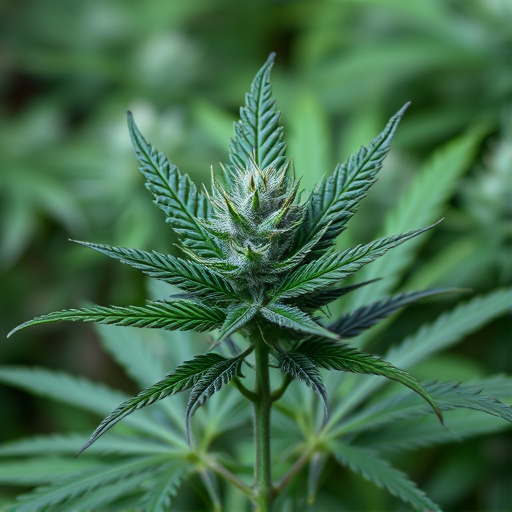
The unique aroma and flavor profiles that characterize different cannabis strains are largely influenced by their genetic makeup. Each strain is a result of precise breeding and selection, with specific traits passed down from one generation to the next. This genetic diversity is what leads to the wide range of scents and effects experienced by users. For instance, some strains may carry genes responsible for producing more terpine compounds, which are known for their distinct and often skunk-like aromas.
Understanding a strain’s genetic background offers insights into its potential cannabis strains and effects. Certain traits, like higher THC levels or specific terpene profiles, can contribute to the overall sensory experience. By exploring these genetic factors, breeders can create new varieties with unique characteristics, catering to diverse consumer preferences in terms of smell and other effects.
– Understanding terpene compounds and their impact on smell
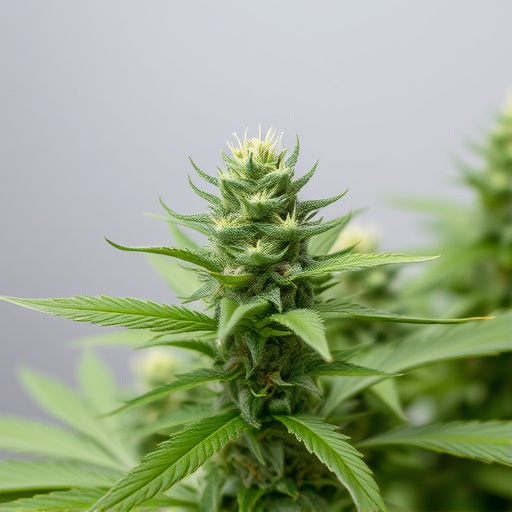
Cannabis strains vary in their terpene profiles, which significantly influence their distinct smells and corresponding effects. Terpenes are volatile organic compounds naturally produced by cannabis plants, contributing to the plant’s aroma and offering potential therapeutic benefits. Each terpene has its unique chemical structure and scent characteristics. For instance, myrcene is often associated with earthy and musky aromas, while limonene conveys bright, citrusy notes.
These terpene compounds interact with the cannabinoids present in cannabis, such as THC and CBD, to create a complex sensory experience. The interplay between terpenes and cannabinoids determines how a particular strain smells and feels when consumed. Understanding these chemical interactions can help users choose strains aligned with their desired effects, whether they seek relaxation, energy, or specific therapeutic advantages based on their cannabis strains and effects.
The distinct skunky aroma associated with some cannabis strains is a result of specific genetic traits and terpene profiles. By understanding these factors, cultivators can craft varieties with varied scents, catering to diverse consumer preferences. This diversity in cannabis strains and their unique effects underscores the plant’s complexity and offers a rich experience for those exploring its therapeutic and recreational benefits.




